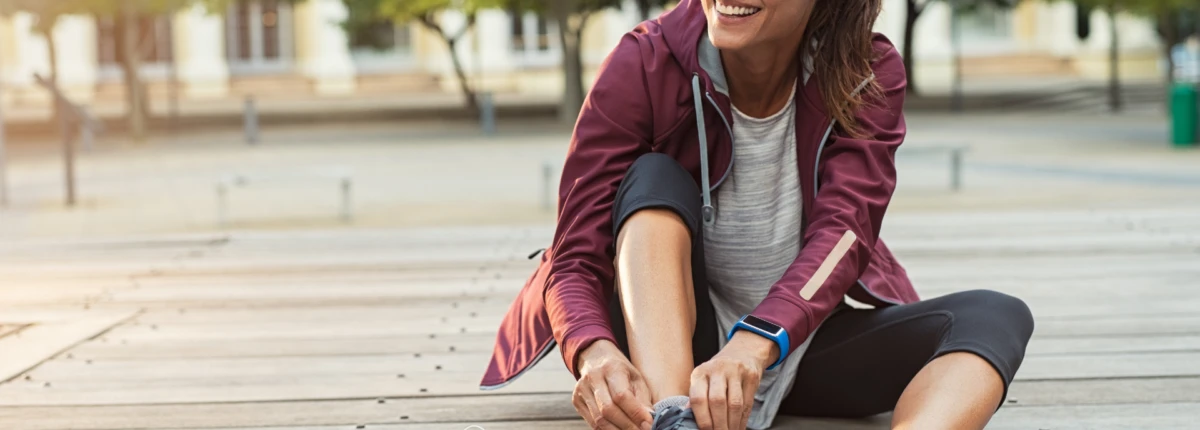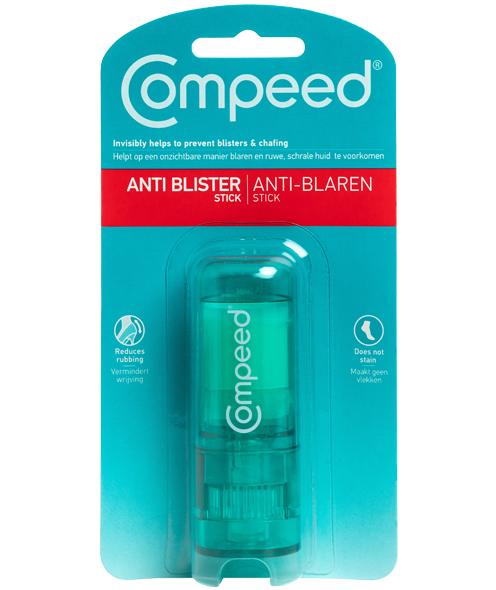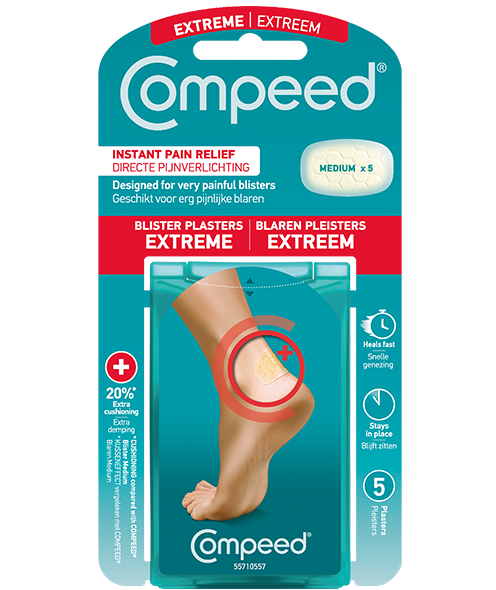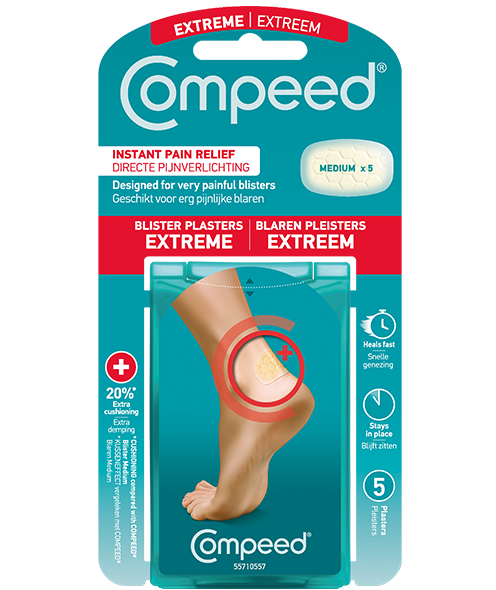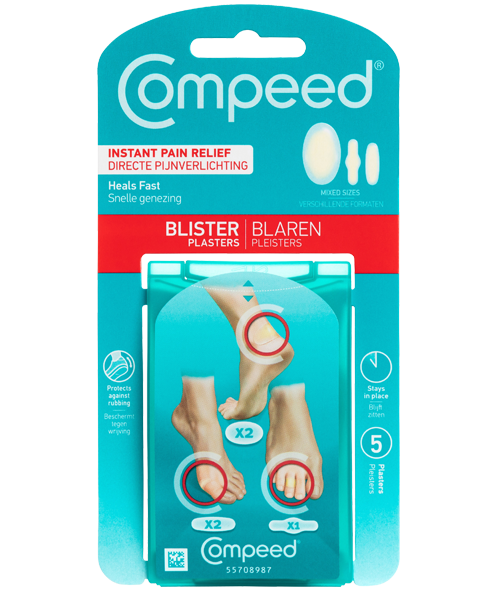Selecting appropriate footwear is crucial for ensuring comfort, performance, and overall foot health whatever activity you’re undertaking. Whether you’re running a marathon, hiking in the mountains, or simply walking around town, the right shoes can make all the difference. In this guide, we’ll explore the factors to consider when choosing footwear for different activities and provide tips for finding the perfect fit.
Understanding foot anatomy and function
Before diving into the specifics of footwear selection, it’s essential to understand the anatomy and biomechanics of the foot. The foot is a complex structure composed of bones, muscles, ligaments, and tendons, designed to support the body’s weight and facilitate movement. Arch types, pronation, and supination are essential aspects to consider when choosing footwear.
Arch types
- High arches: Individuals with high arches may require shoes with extra cushioning and support to absorb shock and distribute pressure evenly.
- Flat feet: People with flat feet often benefit from shoes with arch support to provide stability and prevent overpronation.
Pronation and supination
- Pronation refers to the natural inward rolling motion of the foot during walking or running.
- Supination is the opposite motion, involving outward rolling of the foot.


Choosing footwear for different activities
Running
Running shoes should provide adequate cushioning, support, and flexibility to absorb impact and promote efficient stride mechanics.
Key factors to consider:
- Type of running (road running, trail running, sprinting)
- Pronation type (neutral, overpronation, supination)
- Cushioning level (minimalist, moderate, maximalist)
___
Hiking
Hiking boots or shoes should offer stability, traction, and protection against rough terrain and unpredictable weather conditions.
Key factors to consider:
- Ankle support
- Waterproofing
- Durable outsole with aggressive tread pattern
___
Walking
For everyday walking and casual activities, comfort is paramount. Look for shoes with ample cushioning, breathability, and flexibility.
Key factors to consider:
- Arch support
- Shock absorption
- Lightweight construction
___
Cross-training
Cross-training shoes are designed to accommodate a variety of activities, including gym workouts, aerobics, and cross-fit training.
Key factors to consider:
- Versatility
- Stability for lateral movements
- Cushioning for impact absorption


Tips for finding the perfect fit
Get properly sized: Visit a reputable shoe store and have your feet measured by a professional. Feet can change size and shape over time, so it’s essential to get accurate measurements.
Try before you buy: Always try on shoes before making a purchase. Walk around the store, and if possible, simulate the activity you’ll be doing in the shoes to ensure they feel comfortable and supportive.
Consider socks: Wear the type of socks you’ll be wearing during the activity when trying on shoes. This will ensure a proper fit and prevent discomfort or blisters later on.
Look for quality materials: Choose shoes made from breathable materials that provide adequate ventilation to prevent moisture buildup and reduce the risk of foot odour and fungal infections.
Replace regularly: Even the best shoes will eventually wear out. Pay attention to signs of wear and tear, such as worn-out treads, loss of cushioning, or visible damage, and replace your shoes as needed to maintain optimal support and comfort.


Minimising the chances of blisters
Blisters, those painful fluid-filled sacs that form on the skin, are a common nuisance for many, especially during physical activities. However, with the right footwear choices and preventive measures, you can significantly reduce the likelihood of developing blisters:
Proper fit: Ensuring your shoes fit correctly is paramount in blister prevention. Shoes that are too tight can create friction points, while those that are too loose may cause rubbing. Aim for a snug fit without constriction, allowing for natural movement without excessive sliding. Remember to keep in mind the type of socks you plan to wear.
Moisture management: Moisture is a breeding ground for blisters, as it softens the skin and increases friction. Opt for moisture-wicking socks made from synthetic fibres or merino wool, which draw sweat away from the skin, keeping your feet dry and reducing the risk of blister formation. Avoid cotton socks, as they retain moisture and increase friction, contributing to blister formation.
Break-in period: Before embarking on long hikes or intense workouts, break in your shoes gradually. Start by wearing them for short periods indoors, gradually increasing the duration and intensity of wear. This allows the shoes to mould to your feet and softens any stiff areas that could cause friction.
Anti-friction products: Consider using anti-friction products such as Compeed blister plasters or the Compeed Anti-Blister Stick on areas prone to blister formation, such as the heels, toes, and sides of the feet. These products create a protective barrier between the skin and the shoe, reducing friction and preventing blisters from forming.
Regular inspection: Before and during activities, inspect your feet for any signs of redness or irritation. Addressing hot spots early by adjusting your socks or applying anti-friction products, like those mentioned above, can prevent blisters from developing.
Alternate footwear: If you frequently engage in activities that result in blister formation, consider alternating between different pairs of shoes to allow time for any irritated areas to heal and prevent recurring blisters.
In summary…
Choosing the right footwear is essential for maintaining foot health, preventing injuries, and optimising performance during various activities. By understanding your foot anatomy, considering the demands of the activity, and following tips for finding the perfect fit, you can ensure that your shoes provide the support and comfort you need to stay active and pain-free.
So, whether you’re hitting the trails, pounding the pavement, or just going about your daily routine, invest in quality footwear that supports your lifestyle and enhances your overall well-being.


